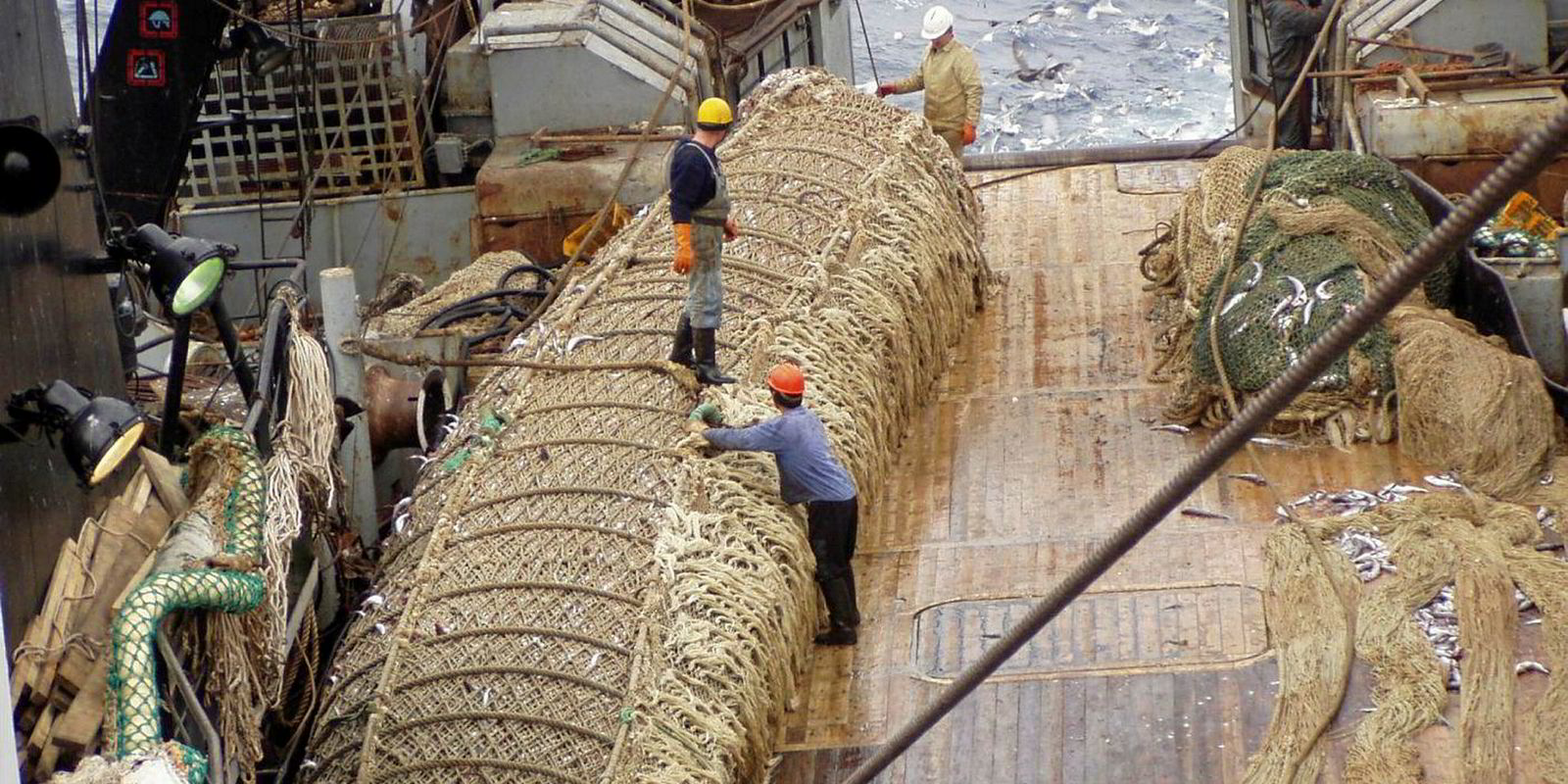The spawning time of Alaska pollock has varied by as much as three weeks over the past three decades, according to a new study that uses a 32-year string of data.
The study, written by National Oceanic and Atmospheric Administration (NOAA) scientists, shows evidence the changes were driven by both climate and fishing.
Changes in spawning timing have major negative ecological and management implications, according to NOAA.
“To effectively monitor and manage pollock populations, managers need to understand what causes changes in spawn timing," said Lauren Rogers, a NOAA fisheries biologist who led the study.


